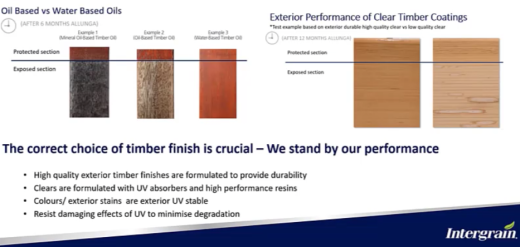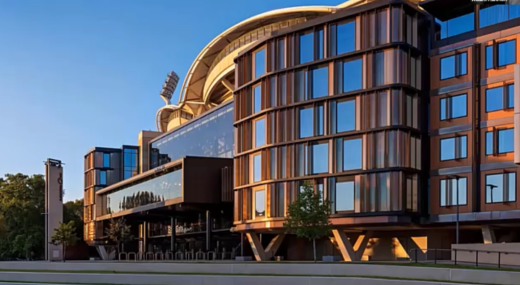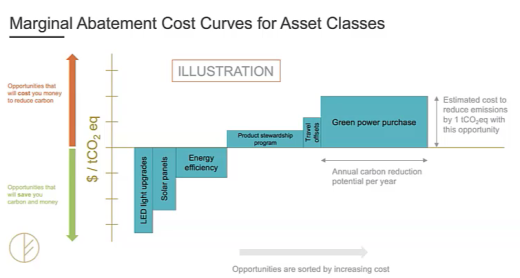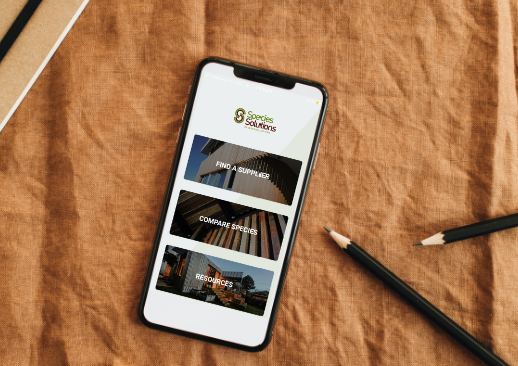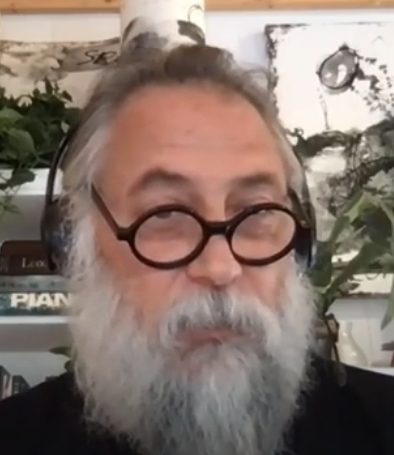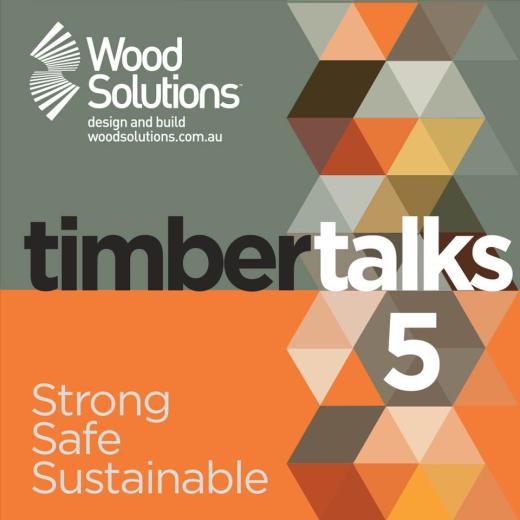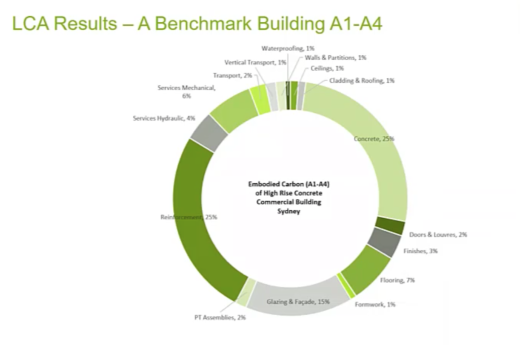Timber Talks Series 5
Presented by Adam Jones, an Australian engineer working in the industry, Timber Talks, gives you an informative and inspiring insight into the best design practices, latest innovations and interesting case studies from the world leading experts in timber design, specification and construction.
